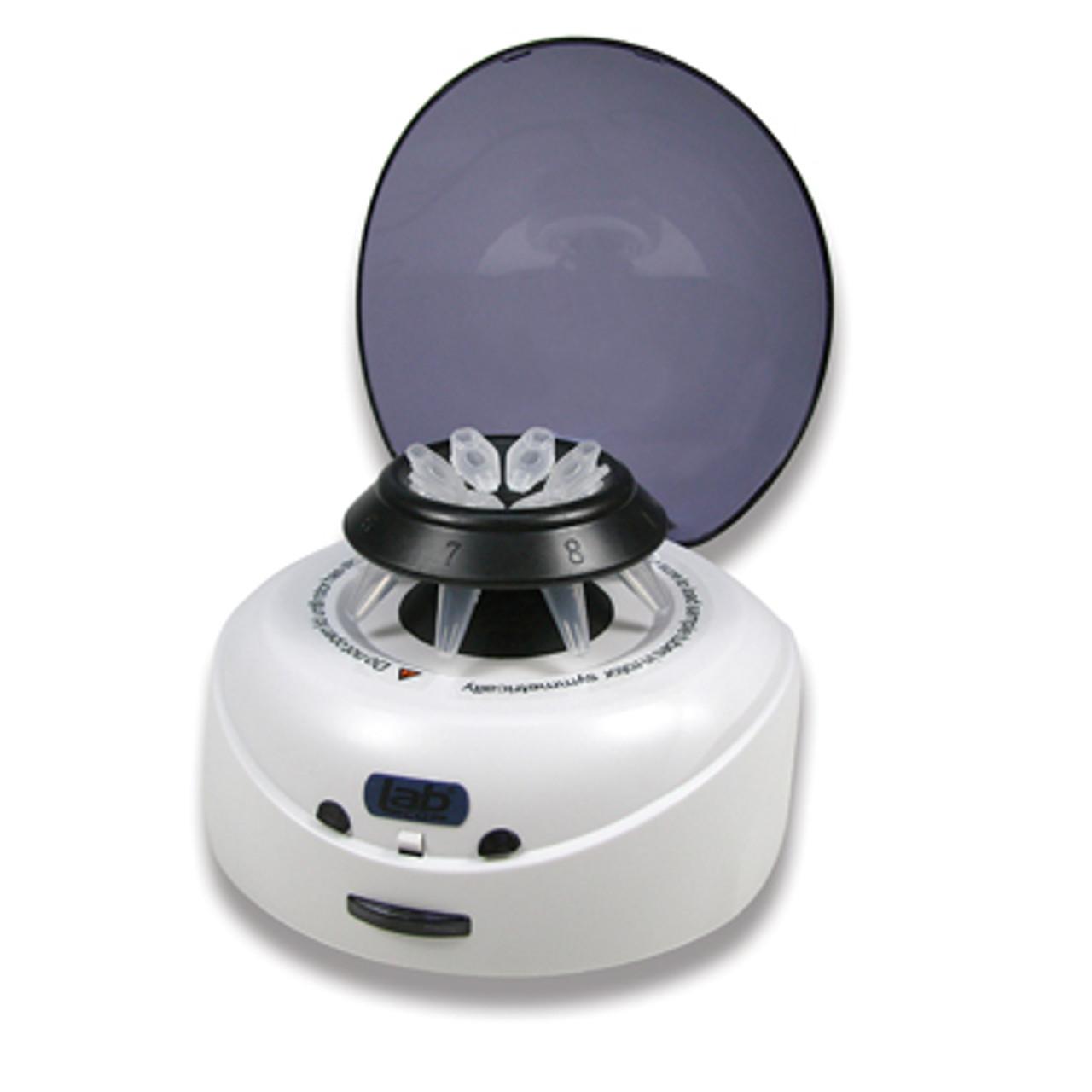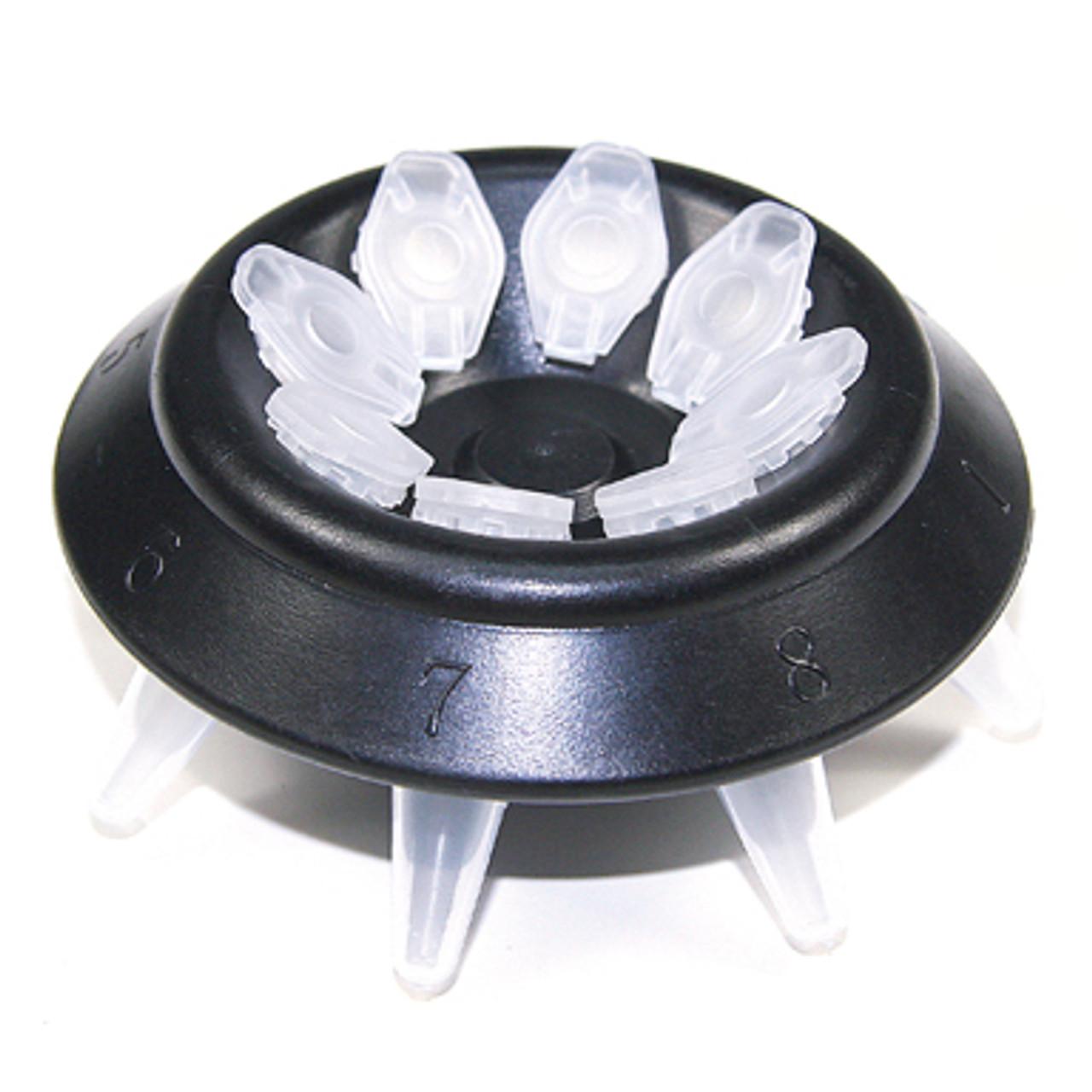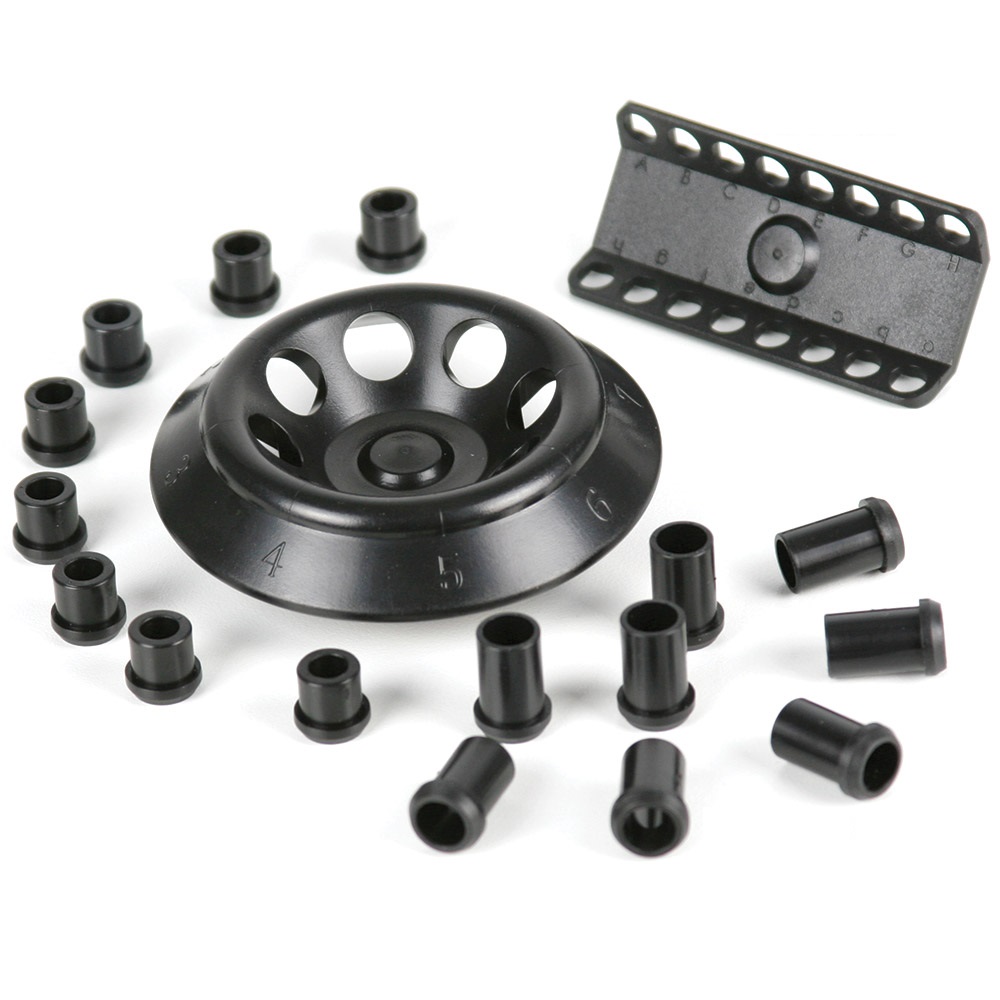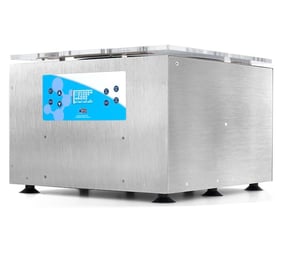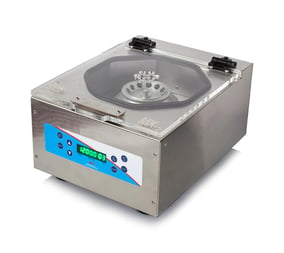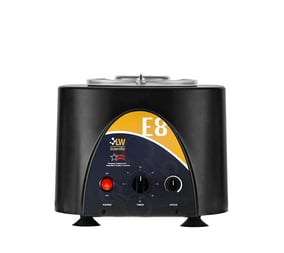Overview
The LabCo micro centrifuge is a versatile tool that is ideal for quick spin downs and micro filtration in the laboratory. It is designed to be compact and easy to use, making it a convenient option for a variety of applications.
The lid interlock design ensures safe operation by preventing the centrifuge from running if the lid is open. The transparent lid provides clear visibility of the rotor and samples during operation.
In addition to its convenient design, the microcentrifuge is also very fast and efficient. It starts and brakes in seconds, and the start/stop functions are controlled simply by closing and opening the lid. The centrifuge is supplied with 1.5/2ml Micro Tubes and PCR Tube Rotors. The easy-to-remove rotors are seated on a tapered shaft, allowing for quick and easy rotor changes. This makes it easy to switch between different types of tubes and sample sizes, depending on the specific needs of the experiment.
Technical Data
-
BrandLabCo
-
Capacity0.2/1.5/2ml
-
Electrical230V
-
Speed RangeMax 7000rpm
Support
At Thermoline, we strive to supply helpful customer support to ensure that you get the most out of our products. We are committed to providing whatever support our customers need, wherever they are in the world. If you can't find your solution in the below FAQs or Knowledge Base, please contact our friendly support team.
- What is a laboratory centrifuge?
- A laboratory centrifuge is a laboratory instrument used to separate different components of a mixture based on their size, density, or shape. It works by spinning the mixture at high speed, causing the heavier or denser components to move to the bottom of the centrifuge tube, while the lighter components remain near the top.
- What is the difference between a fixed angle and swing out rotor?
The difference between a fixed angle rotor and a swing-out rotor in a laboratory centrifuge is the way that the tubes or vials are held in place during centrifugation.
A fixed angle rotor has a fixed angle of inclination, usually between 15° and 45°, and the tubes or vials are held in place by a locking mechanism. This type of rotor is typically used for applications that require high speeds and short centrifugation times.
A swing-out rotor, on the other hand, has a hinged bucket that swings out from the axis of rotation, allowing for easy access to the tubes or vials. This type of rotor is typically used for applications that require slower speeds and longer centrifugation times, as it allows for more gentle handling of the samples.
- What does a centrifuge consist of?
A typical laboratory centrifuge consists of a rotor, which holds the tubes or vials containing the mixture, and a motor that drives the rotor to spin at high speed. The rotor is typically mounted in a sealed chamber, which is designed to contain the mixture in the event of a tube breaking or leaking.

